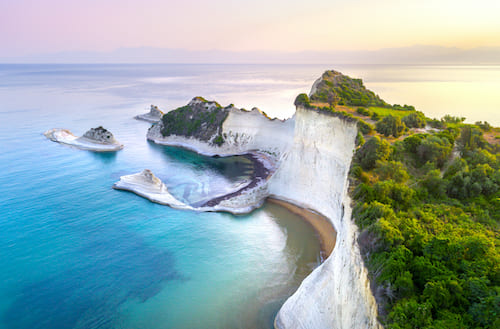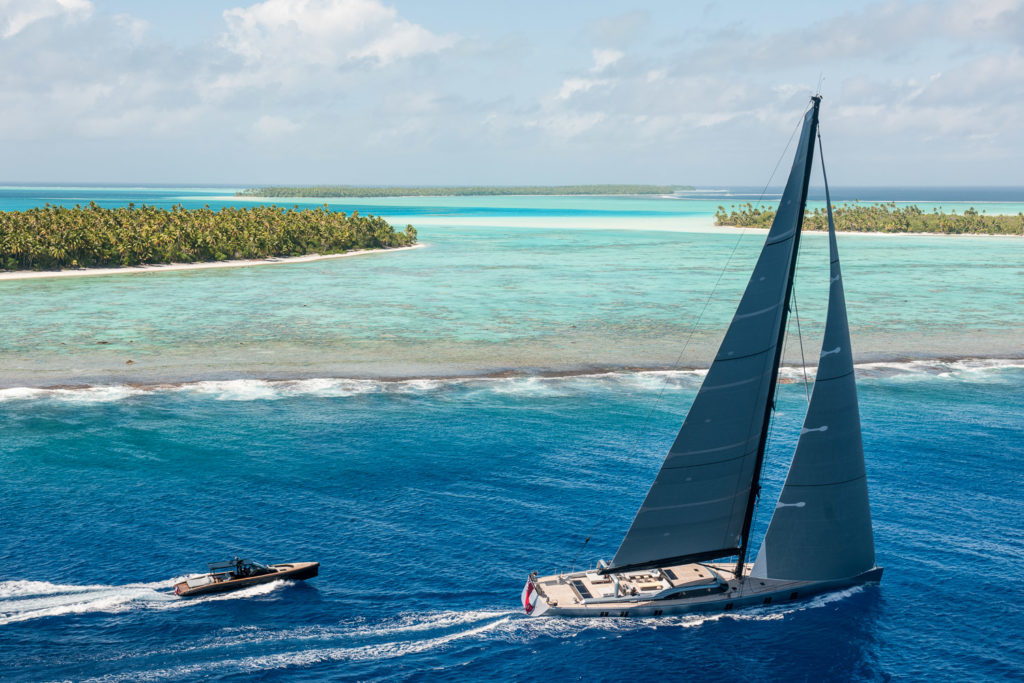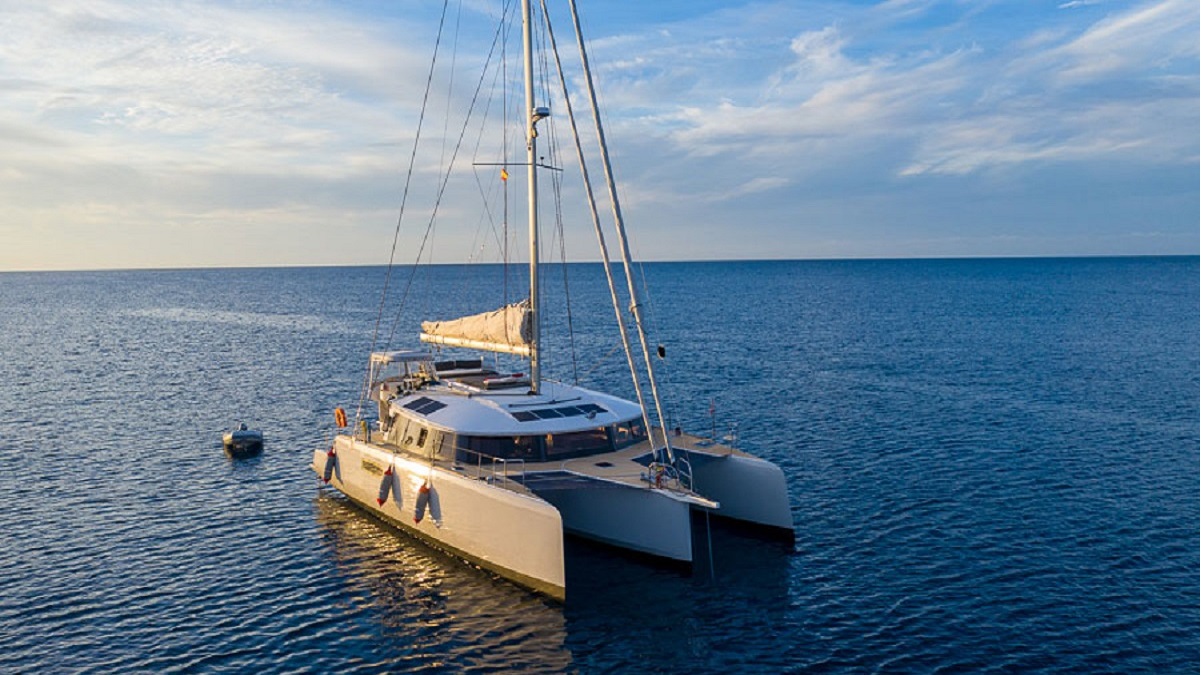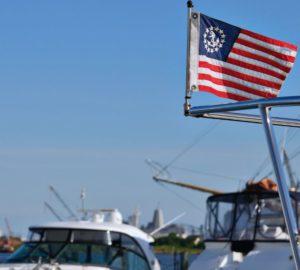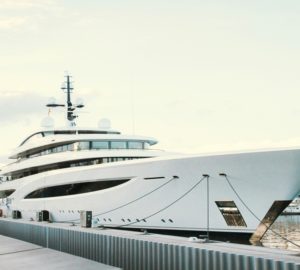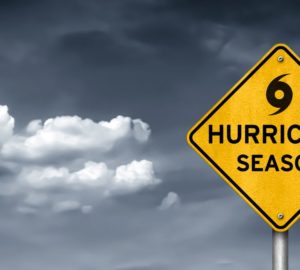Experience the thrill of sailing on a multihull – a boat with two or three hulls. Discover the unique features of the trimaran and the catamaran, and how they differ in performance and comfort. Want speed and excitement? Take the helm of a trimaran. Prefer a leisurely cruise? Relax on a catamaran. Don’t miss out on this exciting article uncovering the secrets of multihull sailing.
How to recognize a trimaran from a catamaran?
First up, the catamaran. Simple, sleek, and stylish, this craft boasts not one, but two identical hulls – making it a twin amongst ships. Its minimalist design is a thing of beauty, and it might just be the perfect float for solo explorers or couples seeking a romantic ocean adventure.
On the other hand, the trimaran is a multihull masterclass in innovation. With a total of three hulls, including two small outriggers, this vessel’s design is unlike anything you’ve seen before. In fact, some have compared it to a spaceship, and we can see why! The trimaran’s unique layout and engineering wizardry make it a worthy addition to any seafarer’s fleet.
So, whether you’re a catamaran connoisseur or a trimaran trailblazer, there’s no denying that these vessels are truly remarkable. Just don’t ask us to choose a favourite!
What are the trimaran main characteristics?
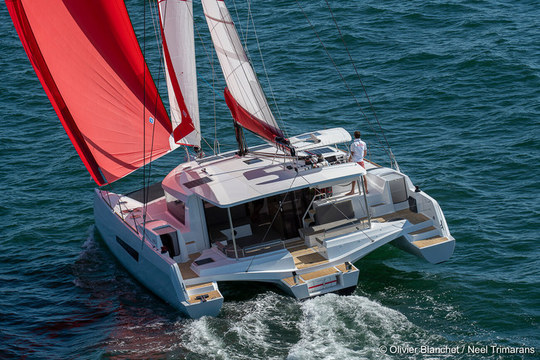
A trimaran’s three hulls are like the training wheels on a bicycle, making it incredibly stable even in choppy waters. These recreational boats are a sailor’s dream, offering a smooth ride and exceptional comfort. And when it comes to safety, trimarans are virtually unsinkable due to their triple-hull design – even the roughest storms won’t capsize them! Although compromising some sailing capacity, the security and stability of a trimaran are unmatched.
What are the catamaran main characteristics?
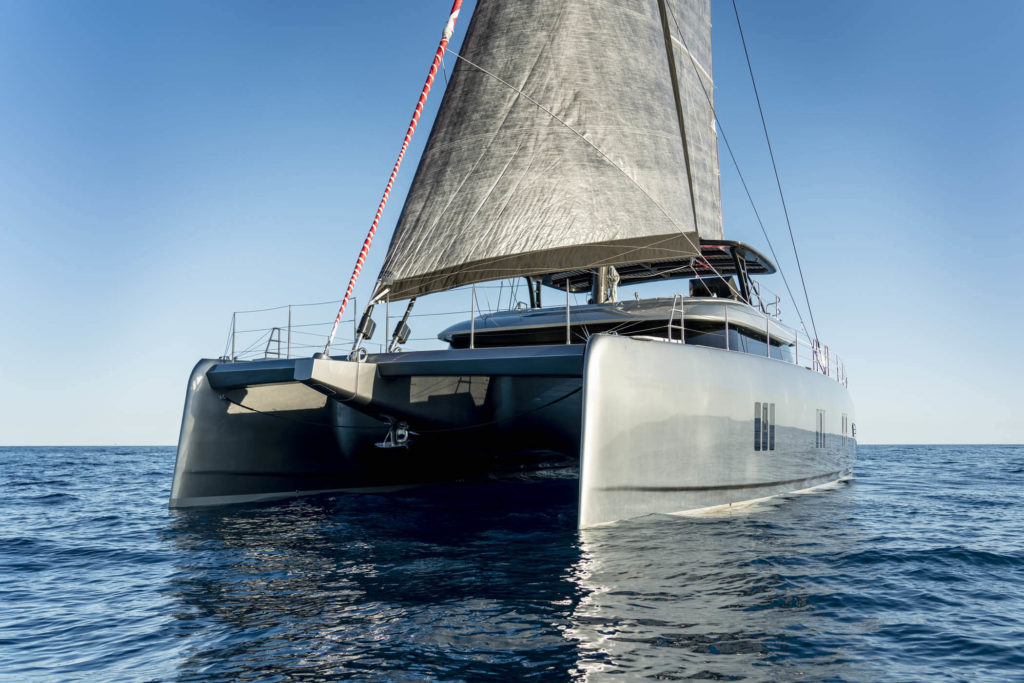
Discover the one-of-a-kind world of catamarans – versatile vessels affectionately nicknamed “cats”. Offering an exciting and luxurious sailing experience, these boats come in a range of sizes, from cozy two-person cabins to expansive group accommodation for up to 20. Some catamarans are budget-friendly options perfect for families, while others provide the ultimate indulgence and can transport you to some of the most coveted destinations in the Caribbean and Mediterranean. With their roomy interiors and stable design, catamarans are perfect for exploring calm sea gulfs, lagoons or shallow waters.
All our catamarans & trimarans for charter here
Trimaran vs. Catamaran: which one has the largest surface area?


Catarmarans surface area is known to be spacious
Catamarans have filled the world’s oceans in recent years with more huge and luxury versions, including sailing catamarans like the Lagoon Seventy 7, Fountaine Pajot’s Allegria 67, and motor catamarans like the Sunreef Power 70. The biggest catamaran known is Hemisphere, and you may want to have a look at Douce France available for charter with WI.
Catamarans are well-known for their large living quarters, which are divided between the two hulls and the central platform.
Trimarans surface area are constantly improving
Among some of the cruising, habitable trimarans, the DragonFly boasts a unique Swing Wing system and a plush interior, while the Vietnamese-made Rapido Trimaran is the brainchild of the esteemed Morrelli & Melvin design house. But what really sets the Naval NEEL shipyard trimarans apart is the incredible “Cockloon” living area above the central hull – it’s like staying in a floating hotel! With cabins located solely on the floats, the central kitchen, panoramic saloon, and lounging areas are all linked together for an unbeatable sense of space and luxury. And don’t forget the expansive flybridge, too!
Read also : The yacht charter experience ladder
Trimaran vs. Catamaran: Stability and Performance
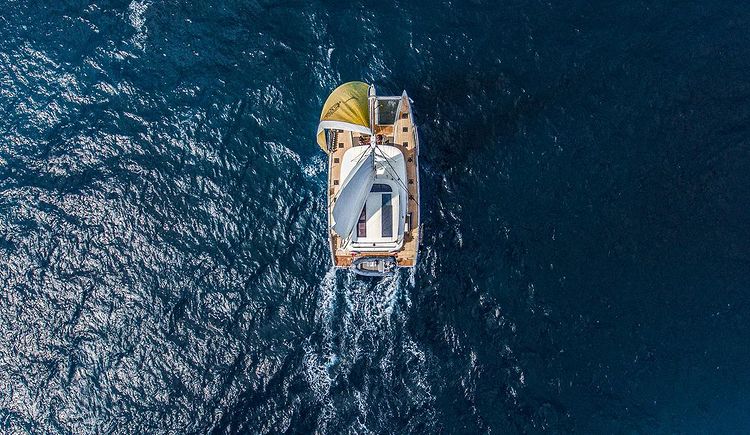
The Trimaran stability made it famous
With three hulls, including one main and two overhanging, a trimaran is built for stability even in the roughest waters. In fact, it’s nearly impossible for a trimaran to capsize, making it a safer option for the adventurous seafarer. And if by some chance or circumstance the boat does flip, fear not – it’ll stay afloat! The only downside? The trimaran provides both the comfort of a monohull and the safety of a multihull, but hey, no boat is perfect. Did we mention it’s also one of the fastest boats out there? Sounds like a win-win to us.
The Catamaran performances aren’t as versatile as trimaran
Catamarans are incredible vessels that offer not only a smooth sailing experience, but also a comfortable ride. Ranging in size from cozy cabins for two to massive ships that can fit 20, catamarans are top-notch for stability. However, they aren’t particularly cut out for rough seas, preferring calm waters like tranquil gulfs and shallow lagoons. Keep in mind that while they may not excel in upwind sailing and lack the heeling abilities of other boats, catamarans will still take you on a sailing adventure like no other.
Trimaran vs. Catamaran: Distinct Sailing Experiences
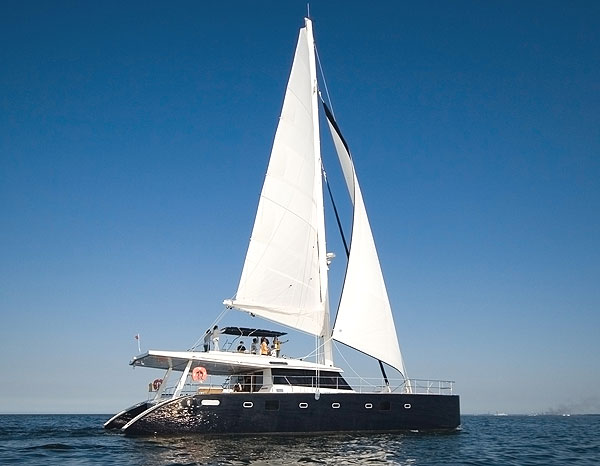
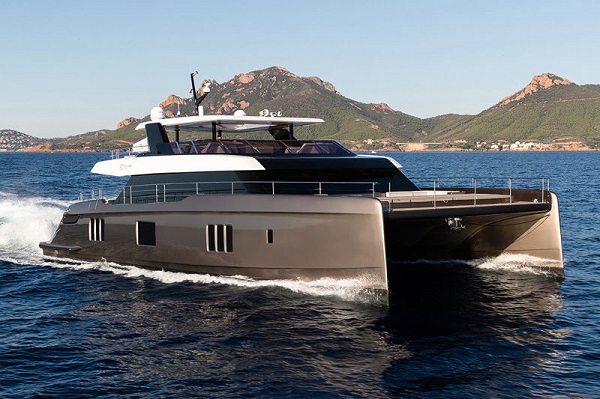
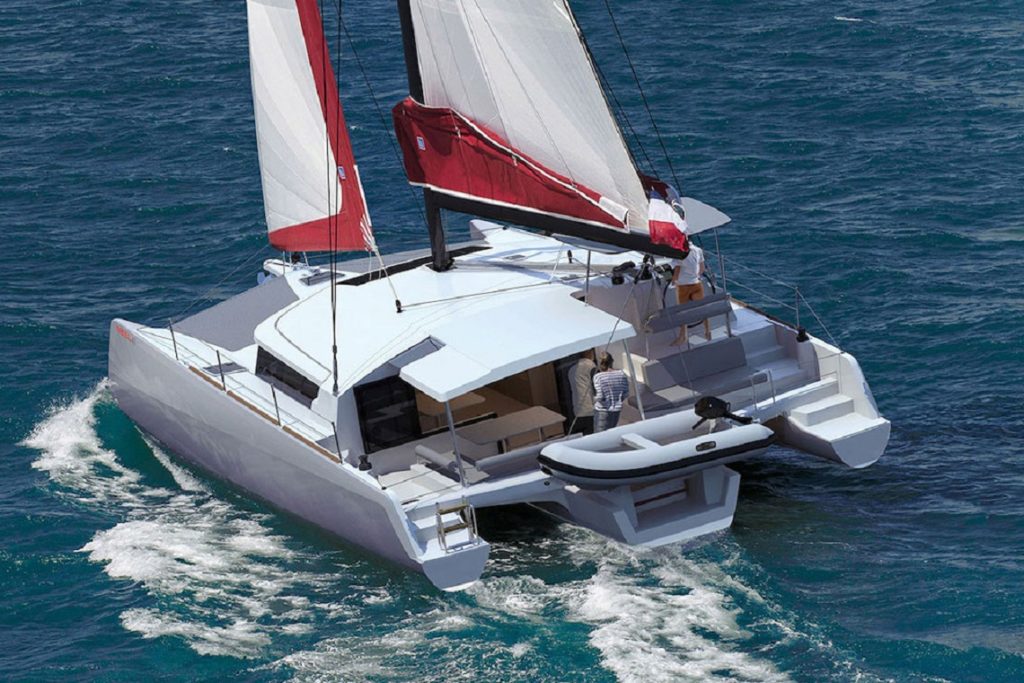
Sailboats rely on wind speed to move forward, but stability is crucial to avoid capsizing. Monohulls have a keel underneath to prevent this, making them more durable in heavy winds. Meanwhile, multihulls such as catamarans offer greater stability with their floats, resulting in a smoother ride even in rough seas. However, trimarans are more similar to monohulls and may tip more, offering advantages in rougher waters but less comfort on calm days. Overall, multihulls have an edge in stability compared to their monohull counterparts.
Trimaran vs. Catamaran: Safety
Trimarans are very safe boats
You might be surprised to find out that Trimarans are extremely safe; in fact, many trimarans, are almost unsinkable. They have a core made up of foam, and the materials’ buoyancy is extremely high in comparison to the boat’s displacement. Trimarans are safe because of their breadth. The trimaran is the safest of the multihulls because of its three-hulled design, weight centering, and complete anti-drift scheme.
Moreover, even if the trimaran were to overturn, the structure would keep it from plummeting into the water, making it an extremely safe boat.
Catamarans safety is still very good
Catamarans are a safe way to travel the ocean. Offshore, catamarans are often far safer than monohulls of similar size. Enhanced resilience, speed, steadiness, and motion ease due to a lack of ballast all contribute to safety.
A large modern catamaran has an outstanding resilience and roll inertia. The mix of these factors makes invasion or capsizing extremely unlikely. When a 20-foot wave hits a catarmaran’s beam, the boat will just surf sideways.
Trimaran vs. Catamaran: Racing
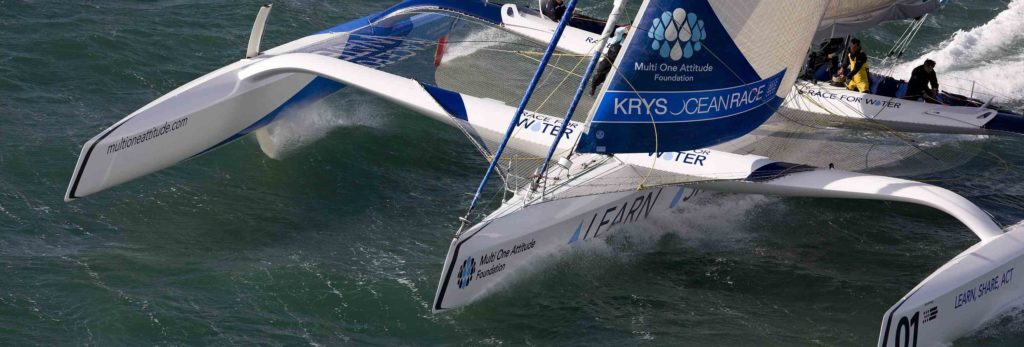
Catamarans are very fast downwind
Catamarans are recognized for their velocity, and some of them are capable of breaking world sailing records. Catamarans may travel at a pace of 15 to 30 mph, with the best reaching speeds of well over 60 knots.
Cruising catamarans may reach high speeds of 15 knots, or 17.3 mph, on average (27.84 kph). In the right wind conditions; however, some outstanding racing catamarans can reach a pace of up to 30 knots.
On downwind runs, reaches, and broad reaches, catamarans are typically quicker than trimarans. Sailing a catamaran is less exhausting than sailing a trimaran. Sailing flat has a number of benefits. Carrying tanks and other diving equipment is significantly simpler on a cat if you are a SCUBA diver.
Catamarans are lighter than trimarans because they do not require a heavy keel. This, along with the fact that their sails are placed equivalent to the wind, allows them to sail quicker than trimarans, particularly on a run or broad reach.
Trimarans are the usual racing winner
Trimarans are frequently preferred in racing these days, especially in the previous decade or so.
For long offshore races, racing trimarans’ speed and safety qualities have significant benefits. Even in severe seas, they can be pushed harder and are more forgiving than other racing catamarans. These are the primary reasons why trimarans have become so popular in recent multihull competitions. Trimarans, for example, have won the Jules Verne Trophy every year since 2010.
Trimarans can often increase their monohull sailing speed on almost every point of sail while cruising catamarans are usually 25-30 percent faster than a sailing monohull of the same length. Of course, when the boats are filled for cruising, these comparisons vary drastically.
A trimaran is more suited to sail upwind than a catamaran, which is more vulnerable to drifting. Trimarans are; therefore, quicker than catamarans, and this benefit is especially noticeable when cruising against the wind due to the weight centering in the middle hull, which lowers pitching.
The third hull really makes trimarans considerably quicker than any other hull form at a given extent based on the relation between a boat’s waterline length and speed i.e. that more hull distance in the water leads to higher speeds.
Which is Better: A Trimaran or a Catamaran?
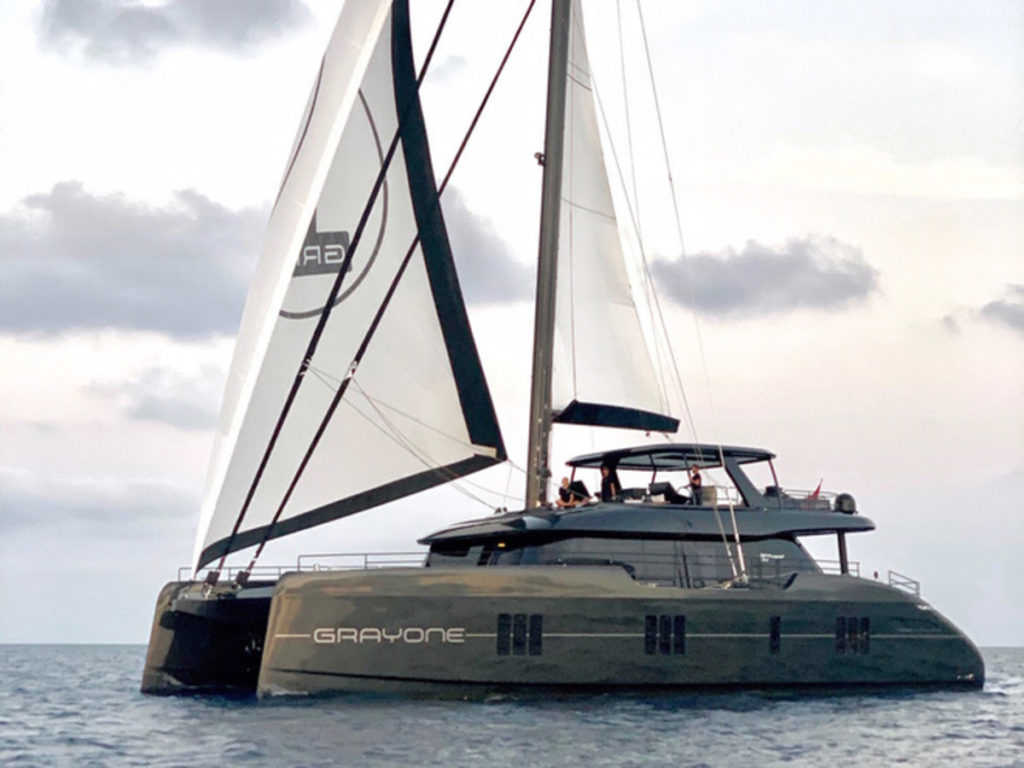
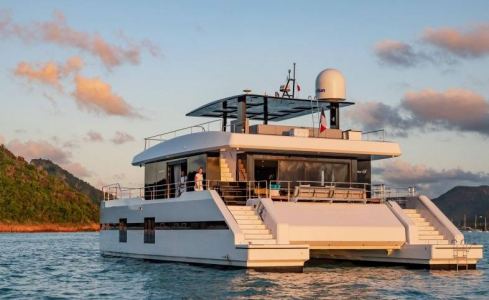
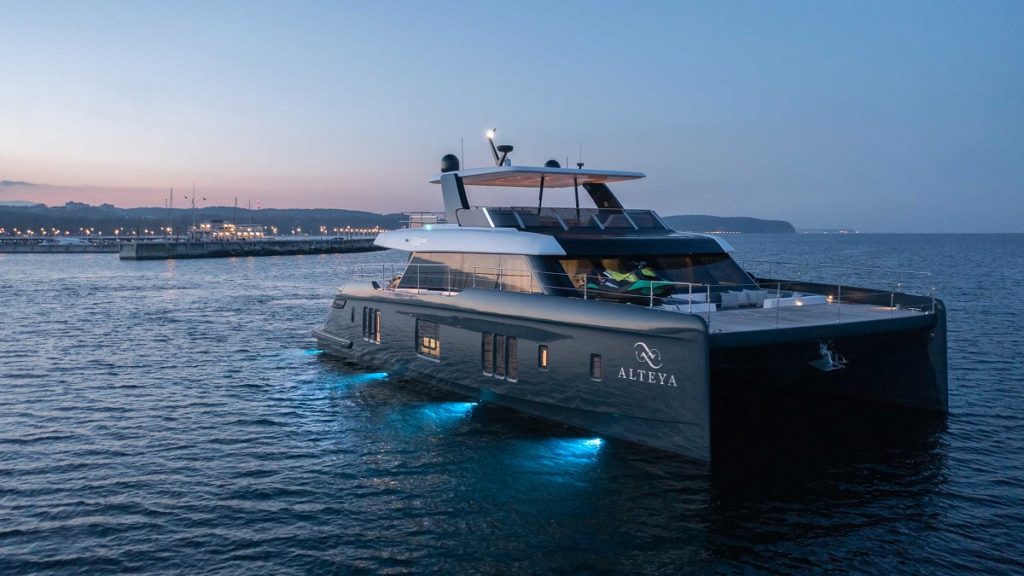
All our catamarans & trimarans for charter here
If you want to spend less time on deck, a catamaran is a great option. Catamarans are also ideal for hosting gatherings and parties while maintaining their stability on the water.
A trimaran is a more ideal boat for you if you want to develop your sailing talents on something more difficult. Moreover, if you’re a speed demon, keep an eye out for the fastest trimaran boats and pick the one that best meets your needs.
While picking between a catamaran and a trimaran appears simple on paper, it becomes more challenging when you see them in front of you. Check out our page for more details in order to make a more informed decision.
Read also : YACHT INSURANCE: THE DEFINITIVE OWNER’S GUIDE
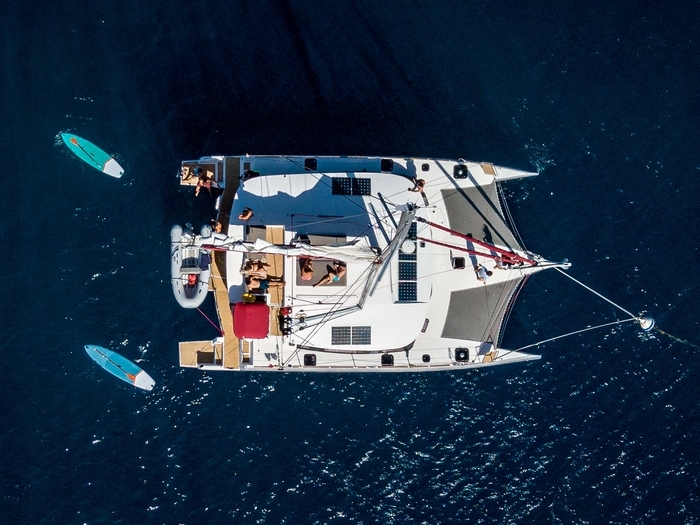
Experience the ultimate Caribbean holiday aboard l’Octant a Neel 51 trimaran.
Don’t miss out on this incredible opportunity from $14,500 per week.
